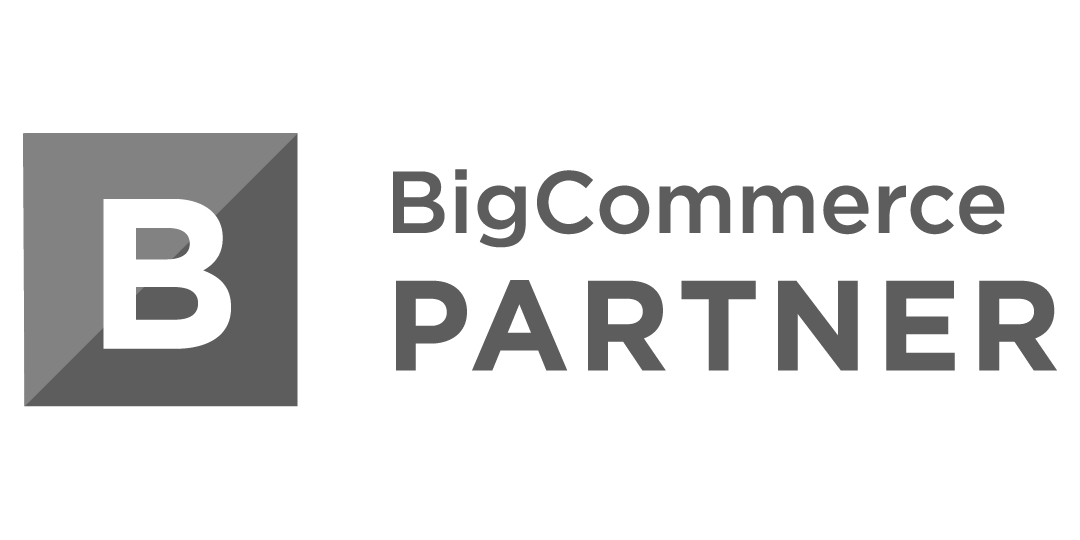(This post was last published on October 23rd, 2017. We’ve updated it for accuracy and completeness.)
B2B eCommerce is estimated to reach 20.9 trillion by 2027. Similar to B2C, eCommerce trends for B2B also increased over 2020 amid the COVID-19 pandemic. There’s been a higher demand for online products than ever before.
Here are the B2B ecommerce trends that are driving these numbers. You’ll want to take note of how these trends will affect your B2B business and the overall industry.
eCommerce as Main Revenue Source
While B2B sellers have sold online for over a decade, it hasn’t always been a main revene source. Today’s forward-thinking leaders though are building sophisticated online experiences as part of a digital-first strategy to meet the changing habits of B2B buyers.
- 80% of B2B buyers will be Millennials by 2023.
- 48% of companies now conduct 50-74% of all corporate purchases online.
- Further, 23% of companies do 75% or more of their purchasing online.
Today’s younger, digital-savvy buyers prefer to search and shop online, just like they would for personal purchases. Most leaders are realizing the potential of eCommerce to be their main revenue driver.
Rise and Dominance of B2B Marketplaces
Just like B2C, B2B merchants can’t ignore the role and importance of online marketplaces.
33% of B2B buyers turn to Amazon Business or Google to begin their purchasing journey, compared to 32% for a supplier’s website or portal.
Amazon Business itself has also reported significant increase in performance. Amazon’s B2B marketplace increased 2019’s gross sales by 60% over 2018, 2.9x faster than total sales for Amazon. Currently, their B2B marketplace serves 55 Fortune 100 companies, more than 50 of the largest 100 hospitals, 40 of the local governments serving the 100 biggest populations, and 80% of the 100 largest educational institutions.
B2B buyers are turning to marketplaces like Amazon for large product catalogs, low prices, and fast shipping. Today’s sellers have to learn how to leverage marketplaces in the right way to build their brand and presence online. Read more about selling on Amazon versus your own webstore.
And, Amazon Business isn’t the only marketplace out there. See this list of top B2B marketplaces.
Self-service Tools Add Value
68% of B2B buyers prefer to do business online versus with a salesperson. Modern buyers want the convenience, speed, accuracy, and personalization that self-service webstores, mobile apps, and online marketplaces like Amazon Business offer.
Self-service means taking time-intensive sales and streamlining them, offering tools for account management and online ordering like:
Account Management
- Updating shipping/billing addresses
- Editing payment information
- Tracking order progress
- Add/remove users and their purchasing permissions
Order Portal
- Streamlined product catalogs
- Advanced order screen to manage cart and add items in bulk
- Recently order list / reorder buttons
- Speeder checkout from saved payment info in account settings
Read more about how to make your B2B eCommerce site more accessible for self-service.
Some businesses have hesitated from self service tools fearing that customers will be more adrift without salesperson support, But, your buyers want full control online and don’t always need handholding from a salesperson.
Remember eCommerce doesn’t replace sales teams. In fact, your site can become a critical tool salespeople use to drive more and larger orders. It can result in more cost-effective sales, and increase your bottom line.
Personalization
B2B merchants can leverage personalization techniques to get the right products and information in front of any given user. This can make the online order experience more efficient and rewarding both for your customers and business.
How to Personalize Your B2B eCommerce Site
75% of consumers are more likely to buy from retailers that provide services that recognize them, offer relevant recommendations, and remember them.
These types of personalization techniques are what sets your online experience apart from others. It’s what turns one-time buyers into loyal customers, which drives revenue and business value over the long run.
- Search — Help buyers find the exact products they need.
- Catalog segmentation — Only showing certain products to certain buyers
- Pricing customization — Show pricing based on volume, customer type, or order size
- Value-add Content — When needed, show marketing one-pagers, product specification sheets and more
- Recommend Products — Show the right companion products based on purchase history
- Payment Options — Increase conversion rates by offering different payment terms such as Net Terms
Leveraging Content Marketing Strategies
74% of B2B buyers report searching at least half of their work purchases online. And, on average, they do 12 searches prior to engaging a specific’s brand’s site.
So how do you connect buyers with your products early in their discovery and search progress? Content marketing.
Content marketing is the strategic marketing approach focused on creating and distributing valuable, relevant, and consistent content to attract and retain a clearly defined audience – and, ultimately, to drive profitable customer action.
Its purpose is to provide content (your website, blog post posts, product pages, etc) that help buyers find your products and make a purchasing decision. By aligning your content with your buyer’s purchasing journey, you can remove any friction points in their buying process.
More than 60% of consumers expect brands to give them the information they need when they need it, but less than half feel that brands deliver.
Leading B2B companies are leveraging content marketing strategies to attract and retain more customers. Read more about what B2B content marketing is and why it’s important.
Native B2B eCommerce vs Repurposing B2C
An integral part of any eCommerce initiative is the technology behind it. And over the last several years there’s been noticeable improvements in the eCommerce platforms capable of handling complex B2B requirements.
B2C platforms like BigCommerce and Magento have added B2B-specific capabilities and plug-ins to tailor the platform to those needs. But, there’s also been a rise in platforms built just for B2B like Zoey Commerce, OroCommerce, and EvolutionX with native B2B features.
More merchants are turning to native B2B platforms though for their flexibility, customization, and robust capabilities especially for product catalog data. Read more about the benefits of using purpose-built B2B eCommerce software over repurposed B2C.
Content-driven Headless Commerce
While the idea of headless software is not new, headless commerce is becoming a more pragmatic strategy for the average merchant. It decouples the front-end and backend technology for your website. In other words, the presentation layer that handles your content and product (or head) is separated from the technology that allows customers to checkout and pay. In the evolving eCommerce industry, headless commerce might be the best way to adapt to your content when new trends come along like social, video and voice shopping.
Headless commerce is also attractive for the complex requirements of B2B sellers. It gives you flexibility and control over where you extend commerce functionality like multiple websites, mobile apps, the Internet of Things (IoT), or any other customer touchpoints. You can also integrate these front-end experiences into your other backend applications such as ERPs, PIMs, OMS and POS. Headless commerce can be used to create unique experiences for all your different customer types.
Read more about the benefits of headless commerce for today’s fast-paced eCommerce environment.
Technology Integration Top Priority
While many merchants are undergoing digital transformations, it doesn’t mean that you’re guaranteed success. In fact, many merchants are still only scratching the service of their eCommerce capabilities.
So what’s holding leaders back? For one, integration of their eCommerce tools.
52% of leaders said that their main challenge stopping them from adopting B2B eCommerce tools is integration with existing and legacy technologies. Other challenges include finding the right partners, developing decision criteria, and calculating the ROI of their solutions.
Technology integration is what enables data movement between multiple backend systems (ERP, supplier databases, PIMS, and more) and customer-facing applications like your eCommerce platform. It’s what enables you to automate core processes and omnichannel customer experiences like:
- Automate order fulfillment for next-day delivery
- Route orders to suppliers based on efficiency and cost
- Display real-time inventory availability online
- Keep product and pricing data updated online
- Syncing customer data to backend systems
To do eCommerce right, B2B merchants need to integrate their existing (and often legacy) technologies that currently run their business— which is something that nChannel does.
Read more about how to deliver omnichannel customer experiences in B2B eCommerce through integration and other best practices.
Stay Ahead of the Competition
Well, there you have it! These are the top B2B eCommerce trends we see happening in the industry. To stay ahead of the competition, you must evaluate your business and see how well you’re adapting to trends like these.
To keep learning more about B2B best practices for selling online, check out these other articles:
- Your Roadmap to Start a Successful B2B eCommerce Initiative
- 7 Tips To Supercharge Your B2B eCommerce Site
- How to Choose the Best B2B eCommerce Platform for Your Business
- Get Your B2B Sales Team On Board for Your eCommerce Migration
- How to Navigate B2B eCommerce: Go-to-Guide for Manufacturers and Distributors Selling Online
You can also find all our B2B-related articles here.






Nice post. I was checking constantly this blog and I’m impressed! I care for such info a lot.
I care for such info a lot.
Very helpful information specially the last part
I was seeking this certain info for a very long time. Thank you and good luck.